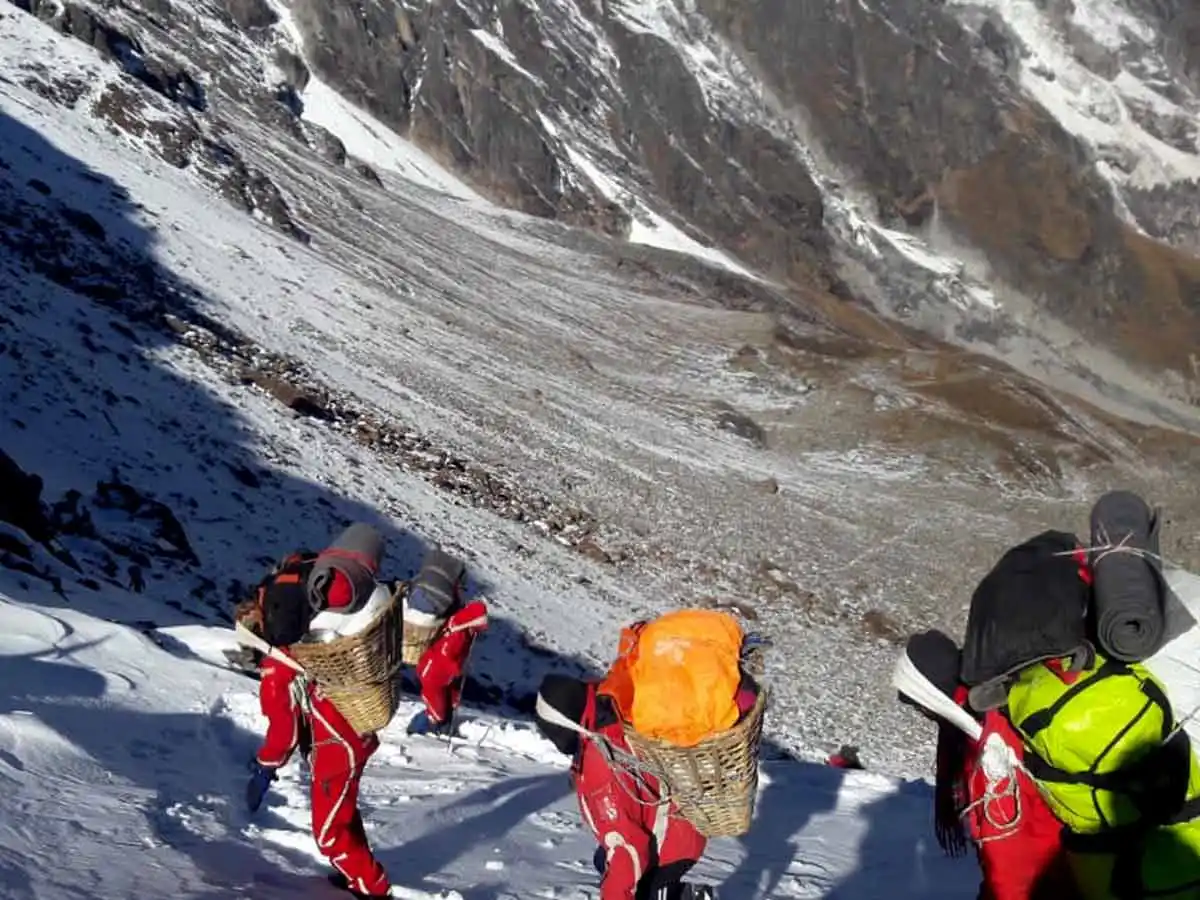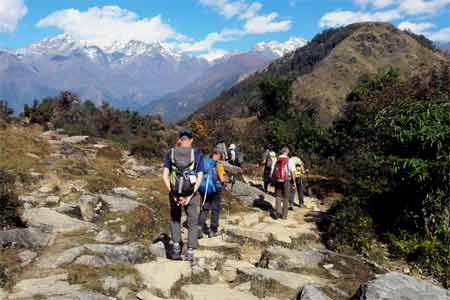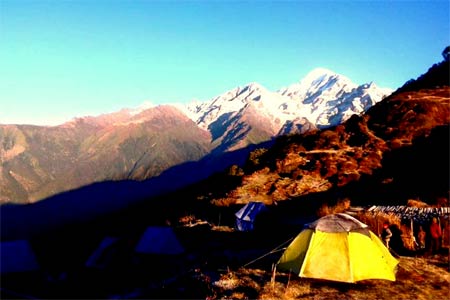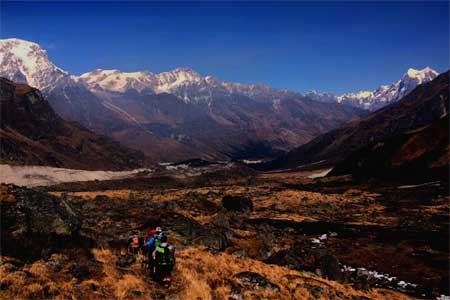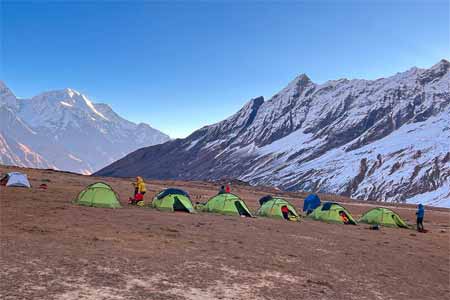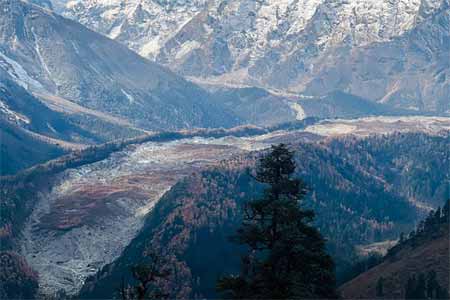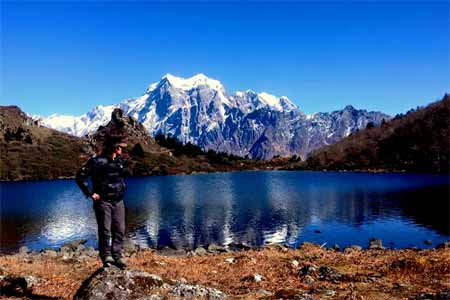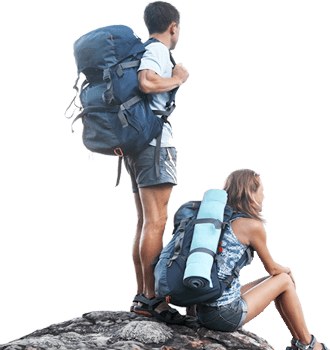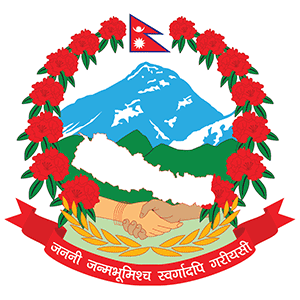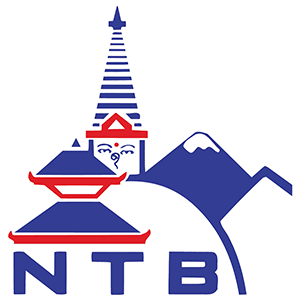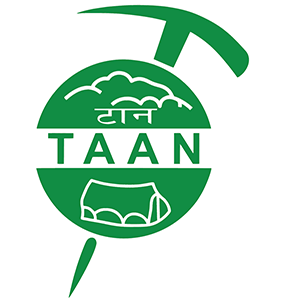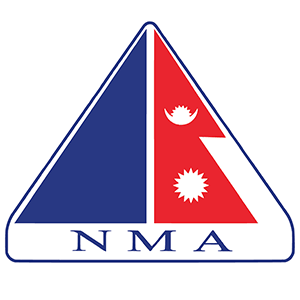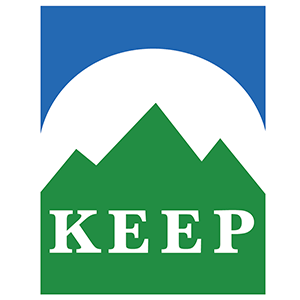Manaslu Rupina La Pass Trek
The Rupina La Pass Trek, also known as the "Manaslu Rupina La Pass Trek" or "Rupina La Trek, is a popular route in Nepal, known for its stunning Himalayan vistas, untouched wilderness, and rich cultural tapestry. The trek starts at the majestic Rupina La Pass, offering breathtaking views of snow-capped peaks, valleys, and rivers. Trekkers encounter local communities and experience Nepal's vibrant culture. The trek is not just a journey but an odyssey of the senses, a celebration of nature's beauty, and a testament to the spirit of adventure.
The Rupina La Pass Trek, located in Nepal's Gorkha district, is a thrilling adventure that provides a unique view of the Himalayan region. The trek, which stands at an elevation of 4,720 meters, provides a unique experience in the lower Manaslu region that differs from typical Himalayan treks that focus on tall peaks. The trek provides a breathtaking view of snow-capped peaks and lush valleys, providing a refreshing perspective for experienced trekkers. As you travel the trail, you will come across charming villages inhabited by the friendly Gurung people, providing glimpses into their rich cultural tapestry and traditions. The Rupina La Pass Trek is more than just exploration; it is a captivating journey through natural wonders and cultural heritage. Trekkers will create unforgettable memories by weaving stories of perseverance and discovery against the backdrop of Nepal's pristine wilderness.
The Rupina La Trek is a one-of-a-kind journey through untouched terrain, preserving a sense of wild beauty until you arrive in Nyak from Laprak. Rhododendrons and pine forests make up the varied landscape that you will be traveling through. You will get to see some of nature's pure beauty. The view of the Himalayas is stunning, with its high peaks, calm rivers, and gushing waterfalls. The Rupina La Trek is a nature lover's and birdwatcher's dream, with natural wonders around every corner. When viewed from above, the emerald-colored valleys below the mountains make for an incredibly beautiful scene. Along the way, you will see a variety of wildlife, from elusive mountain goats to colorful bird species. Every moment in the wild wilderness is a reminder of the raw, unchecked power of nature, which gives trekkers comfort and ideas.
Trekking the Rupina La Pass provides an excellent opportunity to learn about the rich biodiversity and cultural heritage of Nepal. The trek takes you through breathtaking landscapes and villages that highlight the Gurung community's rich heritage. These villages, with their traditional architecture and hospitality, serve as living museums of centuries-old customs and practices. The area around Rupina La Pass is a haven for a wide variety of wildlife and bird species, including elusive Himalayan wildlife such as snow leopards, musk deer, and Himalayan thars. The area is also a birdwatchers' paradise, with numerous species of avian fauna, including colorful Himalayan monals and majestic lammergeiers, providing a fascinating glimpse into the natural world. The Rupina La Pass Trek's cultural richness and biodiversity make for an unforgettable journey that goes beyond mere exploration, providing a profound connection to the people who live here and the diverse array of life that thrives in its untamed beauty.
The Rupina La Pass Trek begins in Gorkha Bazar, the administrative center for the Gorkha District. The trek follows the Darundi Khola River as it takes you deeper into the pristine wilderness, which is brimming with natural wonders such as lush forests and towering peaks. The trail connects with the Manaslu Circuit Trek at Nyak, where two epic adventures meet. The journey takes you through picturesque villages adorned with prayer flags and ancient monasteries, and the Gurung people's warm hospitality invites you to participate in age-old traditions. As you ascend to higher elevations, the air becomes crisper and more invigorating, with views of snow-capped peaks. Despite the physical exertion and rugged terrain, there are moments of pure serenity and tranquility, such as the ethereal glow of sunrise and the hypnotic dance of stars against the velvet sky. The Rupina La Pass Trek is a transformative experience that will leave an indelible mark on your heart and soul.
The Rupina La Pass Trek is a thrilling journey through Nepal's lower Manaslu region, providing a physically demanding but rewarding experience. Trekkers are transported to a world of rugged landscapes and towering peaks, where they can immerse themselves in the vibrant tapestry of local culture while also admiring the natural beauty. The trek takes trekkers through charming villages and allows them to interact with the friendly Gurung people. Despite the cultural immersion, the trek provides a profound connection with nature through verdant forests, tranquil rivers, and cascading waterfalls. The trek is more than just a physical experience; it is a transformative one, with bonds with the land and its people leaving an indelible imprint on the soul. It demonstrates the enduring allure of Nepal's natural wonders and the human spirit's resilience in the face of adversity.

